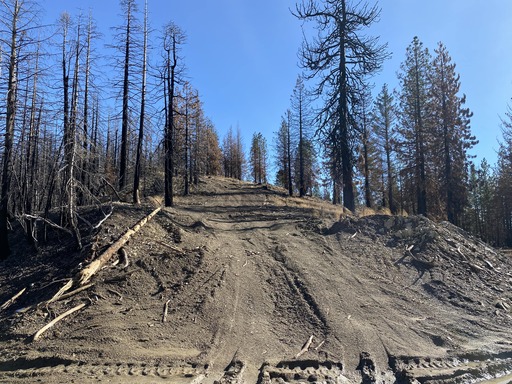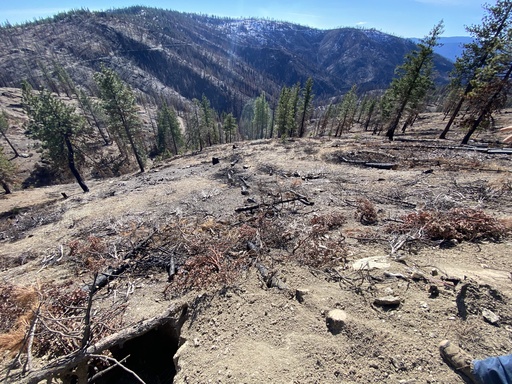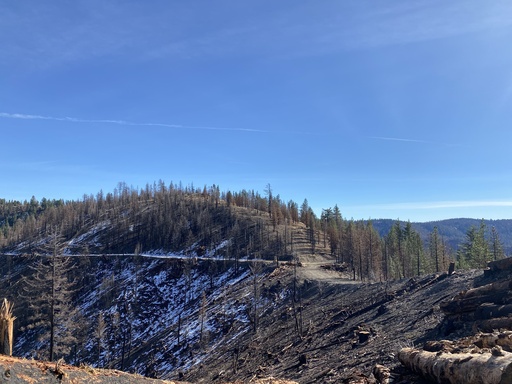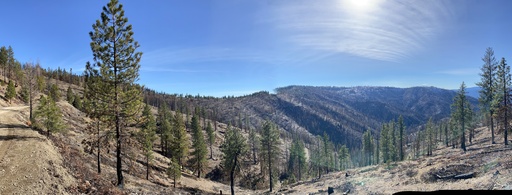Ecological Benefits
Watershed: This planting will directly benefit the Indian, Anderson, and Rancheria sections of the Mendocino Watershed. This area is a critical watershed for the Sacramento and San Joaquin Valleys. The trees will reduce the amount of sedimentation that will disrupt the flow of creeks and reduce water quality. The reduction in sediment will benefit wildlife with cleaner water.
Infiltration and hydraulic lift: Increased solarization of the soil due to reduced vegetation after high fire severity. The root systems will increase the infiltration increasing soil moisture. Additionally it will increase hydraulic lift will bring up moisture from below the surface. This will help restore the critical cycles (carbon, nutrient, water, nitrogen).
The trees will act as habitat for aviary, mammal, reptile, amphibian, and insect species. This area is an important migratory path due to its location between the ocean and the valley. Specific number of species is difficult to state, but the list below provides some specific examples.
- Ensntina (Ensatina eschscholtzii-xanthopica)
- California Slender Salamander (Batrachoseps attenuatus)
- Orange-bellied Newt ((Taricha torosa)
- American bullfrog (Lithobates catesbeianus)
- Red-tailed Hawk (Buteo jamaicensis)
- Anna's hummingbird (Calypte anna)
- American kestrel (Falco sparverius)
- Lesser Goldfinch (Spinus psaltria)
- Black-headed Grosbeak (Pheucticus melanocephalus)
- Gray Fox (Urocyon cinereoargenteus)
- Black-tailed Jackrabbit (Lepus californicus)
- Western Gray Squirrel (Sciurus griseus)
- Mountain Lion (Puma concolor)
- Western Pond Turtle (Actinemys marmorata)
Several springs (roughly two dozen) are estimated to directly benefit from restoration. The planting sites are targeted at critical points in the watershed.
Community Benefits
The forest is dependent on recreational tourism (hunting, hiking, mountain-biking, and off-roading). The absence of trees and soil instability has a detrimental impact on the industry. Reforestation often promotes an increase in visitors and represents recovery.
The crews working on the overall restoration will continue to economically benefit the area.














